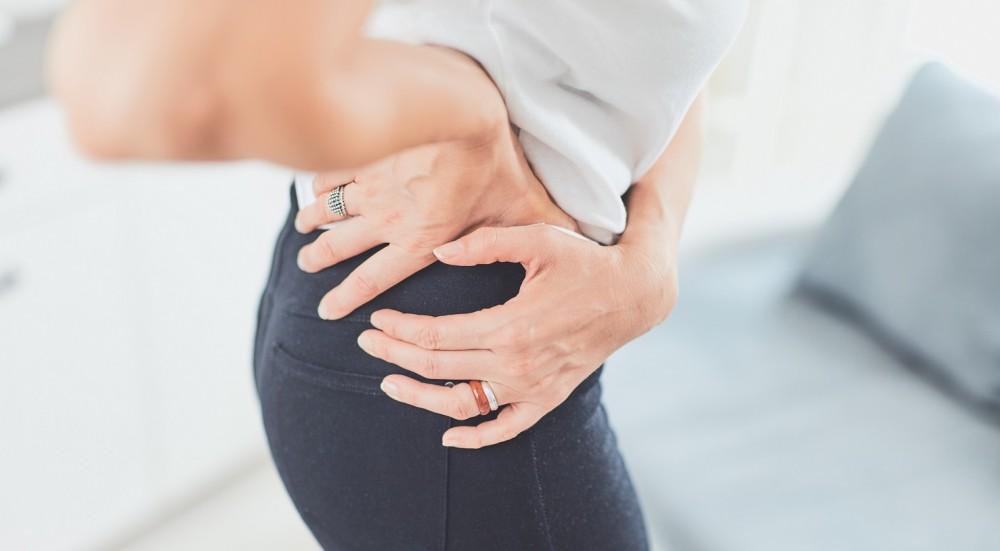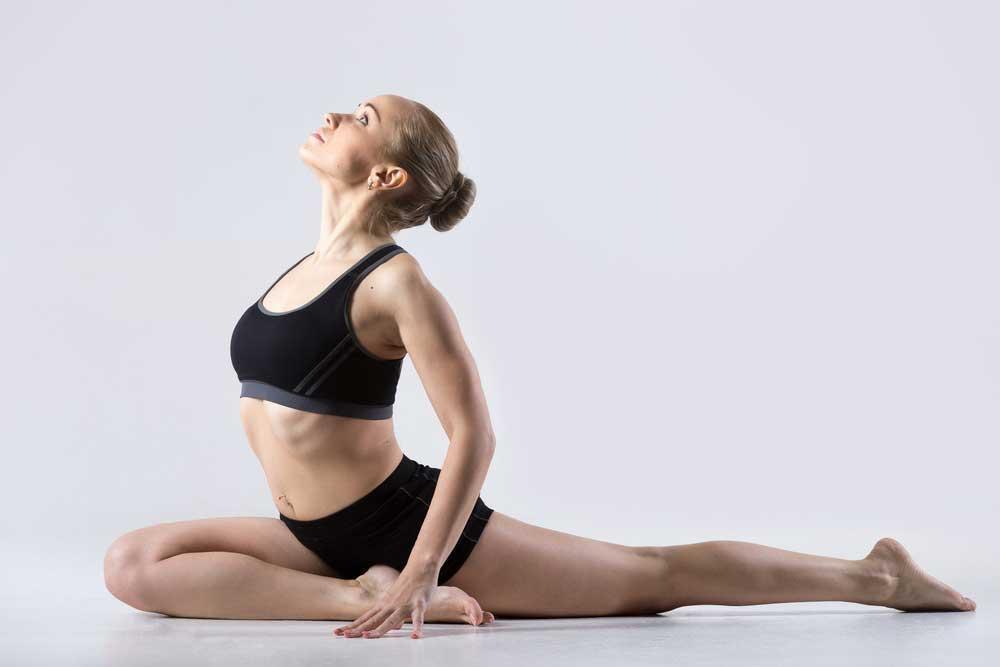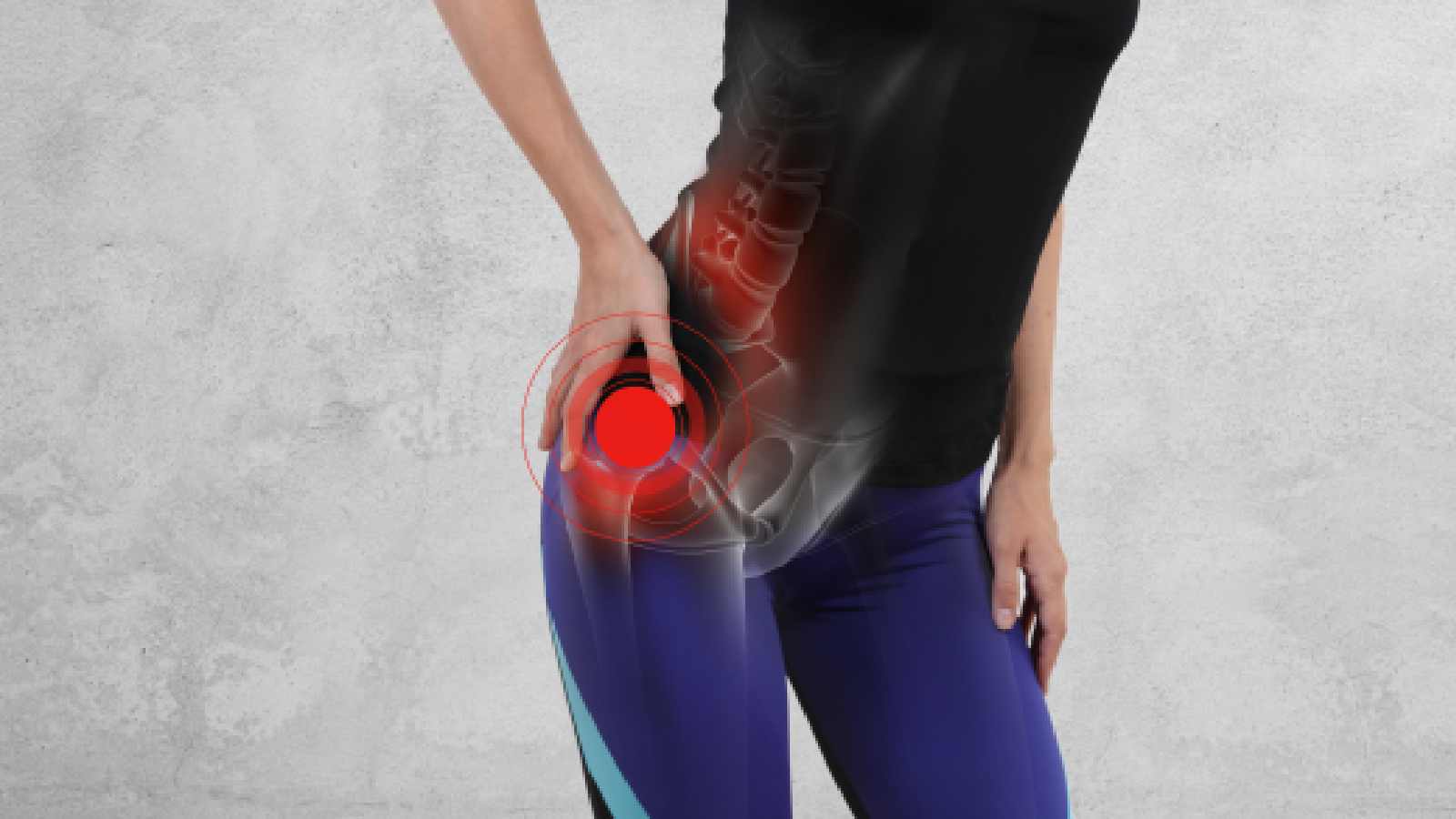It’s common to experience some degree of hip pain after exercising. This type of pain often comes from placing repetitive stress on the hip joints or muscles surrounding them, leading to issues like strains, etc. The discomfort ranges from mild soreness that disappears within a day to a sharp pain that persists for a while. The good news is that using self-care techniques can help relieve pain. In this guide, we’ll share some effective techniques and exercises that can help alleviate hip pain after your workouts, allowing you to continue pursuing your fitness goals with confidence and comfort.

Contents
How To Relieve Hip Pain After Exercise?
Here’s how to soothe those aching hips:
- Ice it: Applying ice to the affected area for 15-20 minutes can help reduce inflammation and numb the pain. Make sure to wrap the ice pack in a cloth to protect your skin.
- Rest and relax: Give your hips a break and avoid activities that worsen the pain. Resting allows your body to heal and recover.
- Stretch it out: Gentle stretches targeted at your hip muscles can help improve flexibility and reduce tension. Try exercises like hip flexor stretches and piriformis stretches to relieve hip pain.

- Strengthen surrounding muscles: Weak muscles can put extra strain on your hips. Incorporate exercises that target the hip abductors, adductors, and glutes to improve joint stability and prevent future pain.
- Proper warm-up and cool-down: Always warm up before your workout and cool down afterward. This helps prepare your muscles for activity and prevents stiffness.
- Listen to your body: Pay attention to any physical cues your body gives you. If an exercise causes pain, stop doing it or modify it to a more comfortable range of motion.
Causes of Hip Pain after Exercise
Here are some common causes of hip pain after exercise:

1. Muscle Strains: Overexertion or improper form during exercises can lead to muscle strains in the hips. This can cause pain and discomfort during and after workouts.
2. Injuries: Accidents or trauma during exercise can result in hip injuries such as fractures, dislocations, or sprains. These injuries can cause intense pain that lingers even after the exercise is complete.
3. Arthritis and Inflammatory Disorders: Chronic conditions like arthritis and other inflammatory disorders can cause hip pain after exercise. These conditions can lead to joint inflammation and stiffness, making physical activity more challenging.
4. Overuse and Repetitive Stress: Repeating the same exercise or movement patterns excessively can strain the muscles and tendons in the hips. This can cause pain and inflammation over time.
5. Poor Exercise Technique: Using an incorrect form or not properly aligning the body during exercises can put unnecessary stress on the hips. This can contribute to discomfort and pain post-workout.
Why does the pain from my hip sometimes move to my lower back?
One common complaint among individuals experiencing hip pain after exercise is the sensation of pain radiating from the hip to the lower back. This phenomenon can be concerning and may lead you to wonder why this is happening. Understanding the possible reasons behind this discomfort can help you take appropriate measures to alleviate the pain effectively.
1. Muscle Imbalances:
Muscle imbalances can contribute to hip pain that radiates to your lower back. When certain muscles become tight or weak, it can alter the biomechanics of your hip and affect the alignment of your spine. This can lead to compensatory movements that cause stress and strain on the lower back, resulting in pain.
2. Sciatic Nerve Compression:
The sciatic nerve is the largest nerve in your body, running from your lower back down to your legs. In some cases, hip pain can be a result of compression or irritation of the sciatic nerve. This can happen when muscles, such as the piriformis muscle, press against the nerve, causing pain that radiates from the hip to the lower back and down the leg.
3. Hip Joint Dysfunction:
Issues with the hip joint itself, such as hip osteoarthritis or hip dysplasia, can also contribute to the pain radiating to the lower back. Conditions like osteoarthritis can result in reduced hip flexibility and increased friction within the joint, causing discomfort that may be felt in both the hip and the lower back.
4. Compensatory Movements:
During exercise, when the hip experiences pain or discomfort, the body often compensates by altering movement patterns. This compensation can put additional strain on the lower back, leading to pain in that area. It’s important to address hip pain promptly to avoid compensatory movements and prevent further pain or injury.
Frequently Asked Questions
How do I get rid of hip pain ASAP?
Rest, apply therapeutic heat or ice, perform gentle exercise or stretching, take medications for inflammation, and consider weight loss.
How do I get rid of hip pain after working out?
Focus on flexibility and strength exercises. If an exercise causes pain, stop or modify it accordingly.
What exercises should you avoid with hip pain?
Avoid exercises involving repetitive hip flexion, such as bringing your hip or leg up towards your chest. Take caution with squats and lunges, seeking medical advice if needed.

Hello, I’m Ravindra. Over the years, I’ve immersed myself deeply into the world of fitness and health, transforming both my body and mind. Writing has allowed me to share my journey, insights, and expertise with those just starting out and seasoned fitness enthusiasts alike. Beyond just routines and diets, I believe in inspiring others to adopt a holistic approach to well-being.
